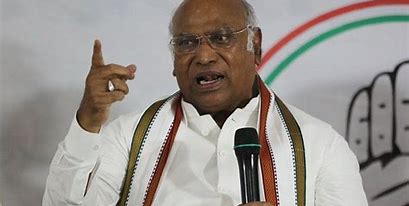Gold prices in India have taken a surprising turn, now lower than those in gold hubs like the UAE, Qatar, Oman, and Singapore.
As of November 16, 24K gold in India is priced at ₹75,650 per 10 grams, a ₹110 dip from the previous day. The 22K variant fell to ₹69,350, while 18K gold now costs ₹56,740. Meanwhile, Oman reported 24K gold at ₹75,763, a ₹220 rise, and Qatar at ₹76,293.
India’s price drop contrasts sharply with increases in the Middle East, driven by geopolitical tensions, particularly the Israel-Gaza conflict. These conditions have heightened gold’s appeal as a safe-haven asset. In India, retail demand is strong, with physical gold premiums reaching $16 an ounce, up from $3 last week.
Globally, gold has experienced its sharpest weekly decline in over three years, with U.S. spot prices falling 4.5% to around $2,563.25 per troy ounce. Analysts attribute the drop to resilient economic data, which has led the U.S. Federal Reserve to maintain a cautious stance on interest rate cuts.
High U.S. Treasury yields and a strong dollar have further pressured gold, making it costlier for international buyers. After reaching a record high in October, global gold prices are down 7%, but remain 24% higher year-to-date due to central bank purchases and geopolitical tensions.
As Indian prices dip below ₹75,000—a level last seen in September—attention now turns to the U.S. Federal Reserve’s December meeting, which could shape gold’s future amid shifting economic and monetary conditions.







